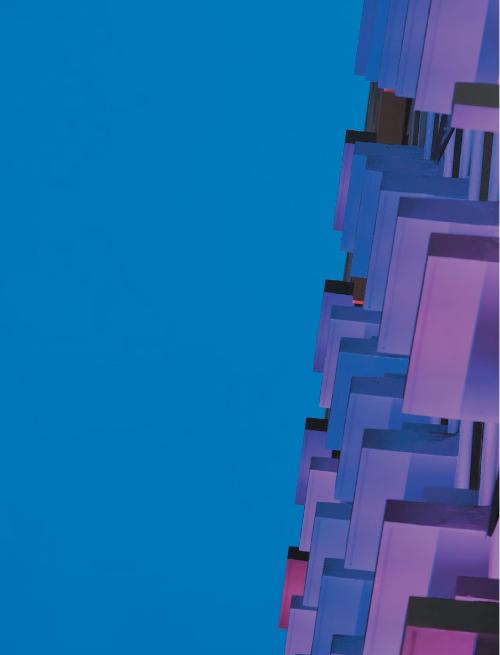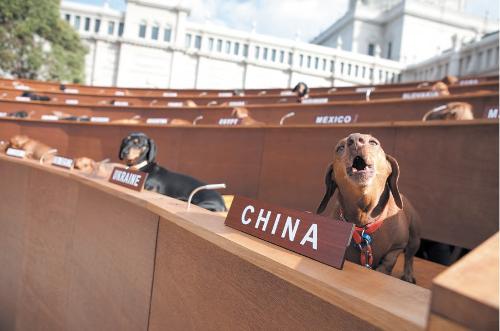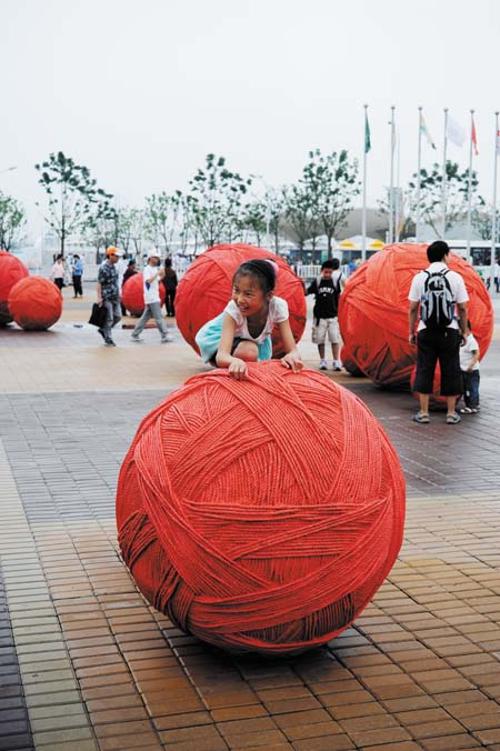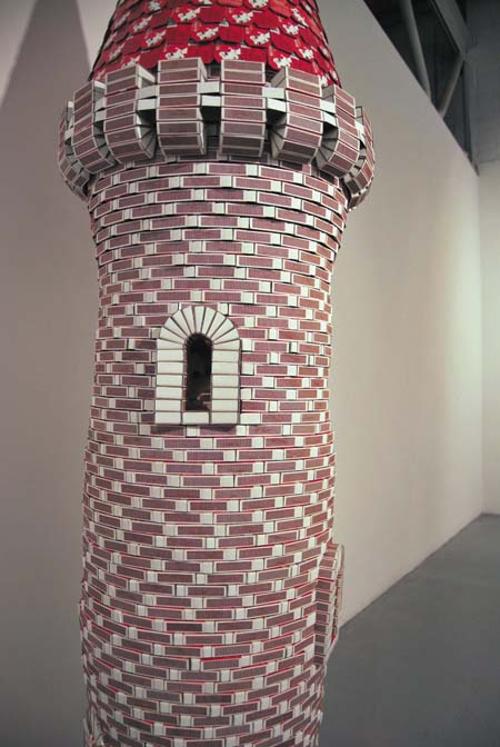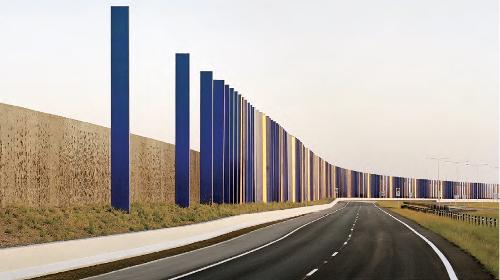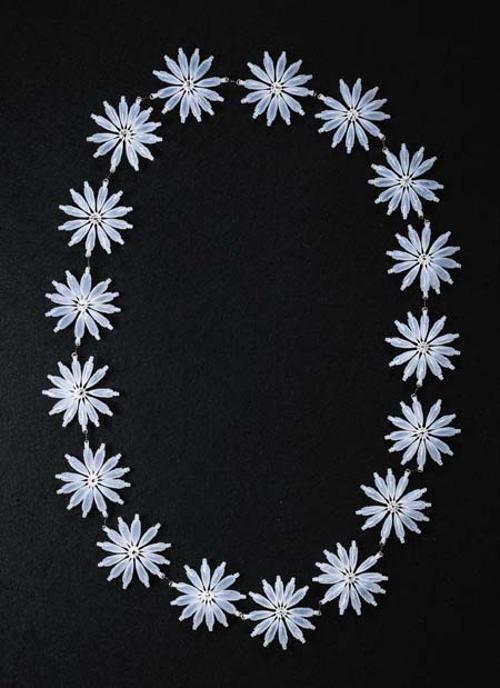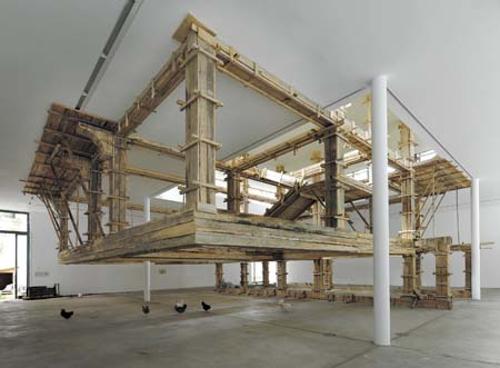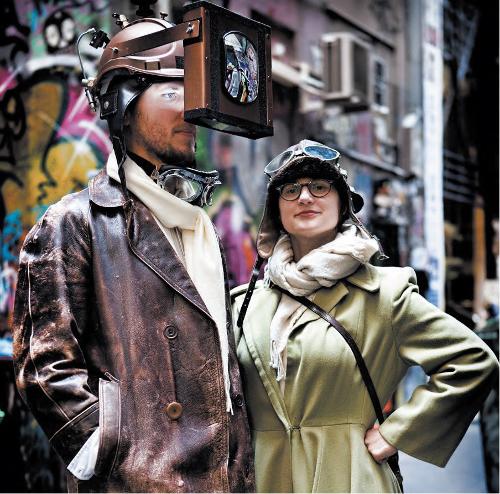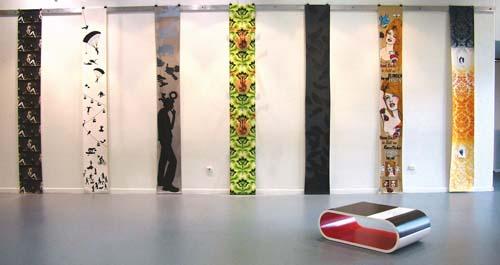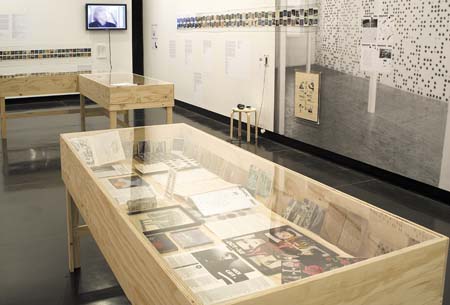
There are moments when the contemporary art museum seems to be both the best place and the worst place for an exhibition. But with 'Melbourne>
The gallery was bursting at the seams – 15 display cases of artefacts, thousands of words of wall-text, perhaps a dozen video monitors, a careful selection of artworks and quite a few wall-mounted ipods. While only taking up one floor of Melbourne University's Potter Gallery there was just too much stuff for any viewer to consume. That said, the installation managed to tell its story well, providing an introduction for the uninitiated while allowing those already familiar with the broad outline the scope to deal with the nuances of the account it constructed.
'Melbourne>
Pestorius has a very particular set of interests in terms of both visual art and music. A central organising strand is the Q Space and Anti Music activities of John Nixon, who spent time in both cities in the early 80s, when he was director of both the IMA and Art Projects in Melbourne. This thread expands in a sort of ‘family tree’ of art and music overlaps that include The Gobetweens, Jenny Watson, Nick Cave, Melbourne ‘little bands’ and Peter Tyndal. One of the challenges Pestorius has tackled is the need to explore both the ‘big names’ and the ‘minor figures’ - although I think it is clear that some of the (now) less well-known players were actually pretty important at the time.
Significantly, the broad contours of the music side of the exhibition have already been mapped out in reasonable detail in various books published over the past few decades. In the music context band-based ‘family trees’ are quite common, but for some reason we tend not to deal with visual art practice in quite the same way – focussing as we tend to do on ‘the work’, rather than its context. This sort of project involves telling the story in all its complications, so the various chronologies and ‘family trees’ included assist in negotiating a way through the exhibition materials.
The archive which Pestorius has mined includes everything from personal letters to music zines, record covers, unreleased songs and other ephemera drawn from a variety of (mostly private) collections, as well as a small selection of individual artworks. The links range from the obscure to the obvious. For example, Jenny Watson’s 'An Original Oil Painting', is included as both an artwork and a ‘prop’ photographed in the hands of Nick Cave during a performance of the Boys Next Door song ‘Lets Talk About Art’ at the Crystal Ballroom in 1979. Her portraits of The Gobetweens feature as both works on the wall, as well as in a display case – the cover art for their first album.
What drives the entire exhibition is the story of the overlap between art and music during the punk/post-punk period, told through a grid of Melbourne/ Brisbane connections. It’s not just about bands playing in galleries or about artists playing in bands, but about the overlap in sensibility that drove both the art and music of the time. One thing that it clearly demonstrated was that neither art nor music is just the expression of isolated individuals, rather each springs from the more complex and messy connections of ‘the scene’. In light of this, 'Melbourne>


